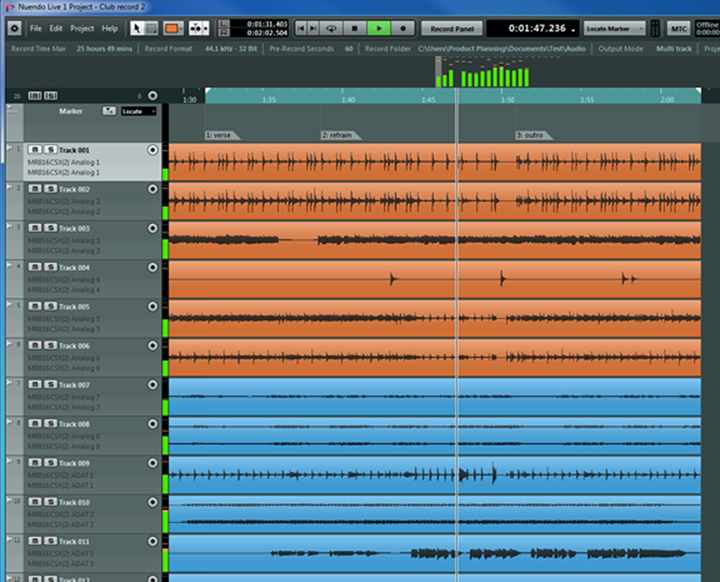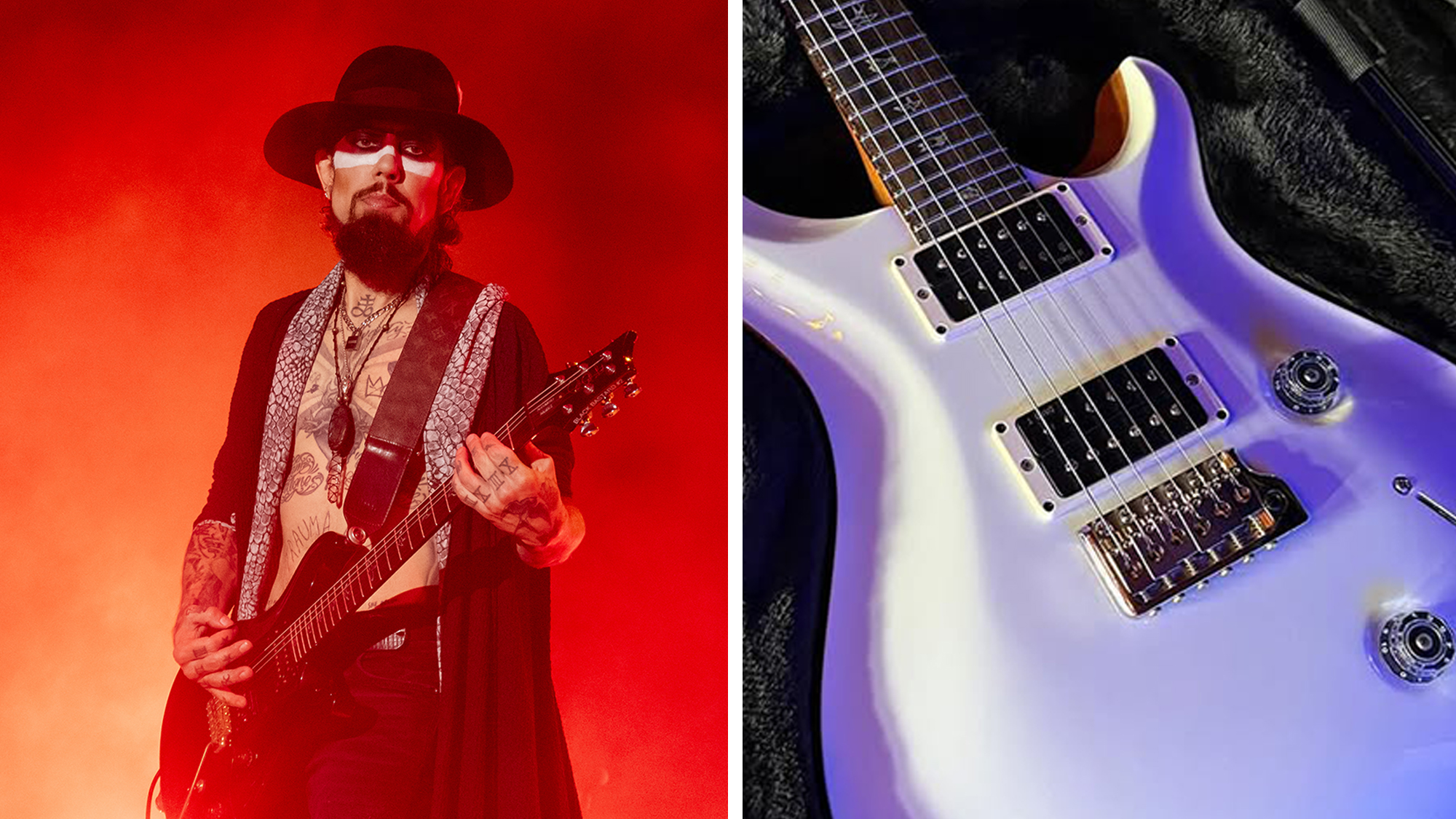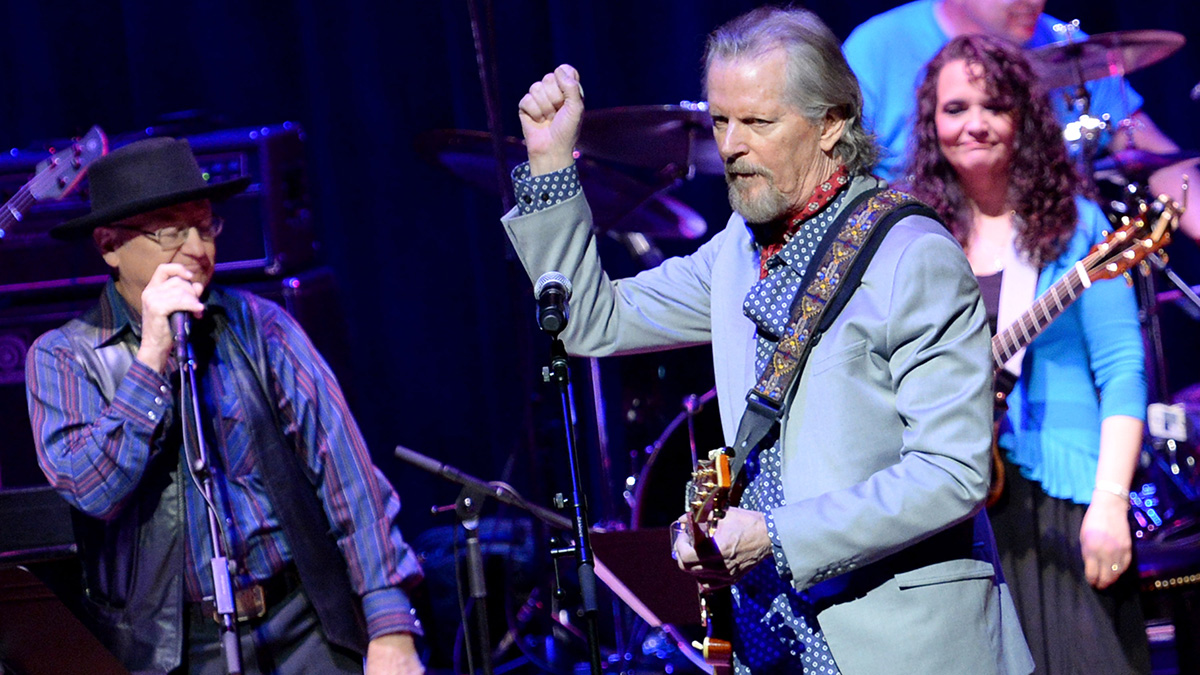Session Guitar: Recording in Multiple Locations Using Different Software

Hi, gang!
A project came my way that I think you will find interesting. What I'm about to describe is commonplace in the world of recording today. It's about how so much of today's music is not recorded in the same location. Or even the same city. Or continent.
The name of the group is Triphon. They play what is described as Euro/American metal. It is hard, loud and melodic. Great music. Talented players. It was an honor to have a part in it. My job was not to play or mix.
My job was to help get some of the guitar sounds and record it in my studio. I know one of the guitarists, Justin Rogers, and the keyboard player/vocalist, Kyle Morrison, from a previous band I had recorded/produced. We have a great relationship, and I knew the music was going to be insane because of how amazing all the musicians are. How do you say no?
Here's where the fun begins. The drums were recorded in Denmark by drummer Morten Lowe Sorensen on Pro Tools. They were sent to Georgia (USA) for keyboards (Kyle Morrison), guitars (Stephen Gladney) and guide vocals (Kyle). Recorded on Logic and Digital Performer in two locations.
They were then sent to Boston for bass by Brian Dawley and recorded on Pro Tools or Garage Band. I believe after this they were sent back to Georgia for more tweaking. Sent next to me in Connecticut for guitars (Justin) and more bass (Brian) and recorded on Nuendo. Finally sent back to Georgia for final vocals and more guitars and keys. Some on Logic, some on DP. All then mixed and made to sound incredible by Jon Cazenave and the members of Triphon.
So for those who are keeping track: PC and Mac and five types of software. Logic, Digital Performer, Nuendo, Garage Band and Pro Tools.
Get The Pick Newsletter
All the latest guitar news, interviews, lessons, reviews, deals and more, direct to your inbox!
The way this can happen so seamlessly and error-free is simple. End-to-end WAV files. As long as the files that are being passed around are of equal length, or at least all start at the same point, and the bitrate and frequency are recorded the same, you are home free. I also like to set the tempo to match the recording. It is a simple procedure. Simply set the beginning point on the left to be as far to the left as possible or a measure before the song starts. Then set the end point to be past the final note of the song and export.
You don't have to do every track. Subgroups or stems are better than an entire submix. What I mean by that is all the drums on one stereo track, the bass is on its own track, guitars on a stereo track, keys on a stereo track and finally vocals on a track. Then simply import into the stems into your rig and mix it the way you like to hear what you need to hear more comfortably and then record your parts. Upon completion, simply send back the newly recorded tracks to the producer. (And don't forget to set the start and end points to be as before.) Here is where he/she works to compile and backup and keep track of all sessions.
I rarely have a session today that is unlike what I have just described.
One final mention, since this is GuitarWorld.com: All guitars were recorded using modelers. No amps were harmed in the making of this music. It was either Native Instruments Guitar Rig or Line 6 Floor Pod XT Live. You can hear the results at this website.
Ron Zabrocki on Ron Zabrocki: I’m a session guitarist from New York, now living in Connecticut. I started playing at age 6, sight reading right off the bat. That’s how I was taught, so I just believed everyone started that way! I could pretty much sight read anything within a few years, and that aided me in becoming a session guy later in life. I took lessons from anyone I could and was fortunate enough to have some wonderful instructors, including John Scofield, Joe Pass and Alan DeMausse. I’ve played many jingle sessions, and even now I not only play them but have written a few. I’ve “ghosted” for a few people that shall remain nameless, but they get the credit and I got the money! I’ve played sessions in every style, from pop to jazz.










